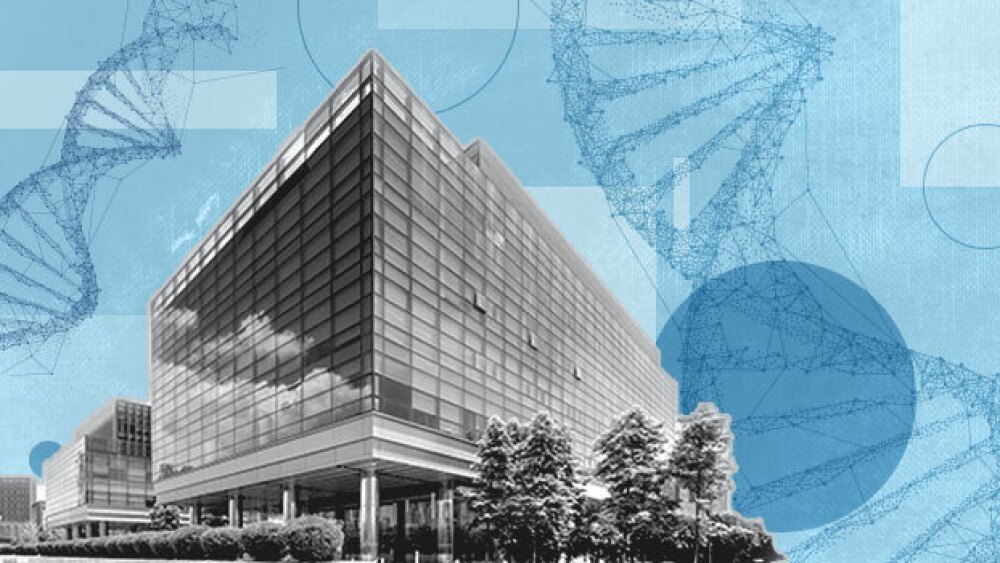An new innovative approach to the job interview, and one that could catch on in industries outside of tech.
The 2nd largest company in the world, Microsoft, announced last month that it’s changing how it conducts job interviews in certain departments. A new “alternative interview framework,” as they call it, has been established to address outdated interview questions and practices and to remove some of the pressure and stress on job candidates by fostering a more collaborative, transparent job interview process.
It’s an innovative approach to the job interview and one that could catch on in industries outside of tech. Many of these different approaches to the job interview seem to suggest that the company wants to create a “realistic” job interview that more closely reflects or aligns with what an average workday might look like in any given role. So, out with the abstract questions, and in with a more situational, behavioral approach. Out with the one-hour interview, and in with the immersive, day-long interview experience. Out with the one-sided question-and-answer approach, and in with the interactive “conversation.”
As explained by the creator of this new interview approach, here’s what an “alternative” job interview looks like:
- Sharing the interview agenda with the candidate ahead of the meeting: Leaders in Microsoft’s developer division decided it would be more effective to let job applicants know ahead of time what the interview will entail and what kinds of problems or tasks they’ll be working on. This gives the candidate time to research and prepare ahead of time, because, after all, an employee will more than likely be given more than a few seconds to prepare before accomplishing a task, attending a meeting, or putting forth new ideas.
- Using real problems and issues as conversation starters in the interview: Instead of trying to come up with hypothetical scenarios that candidates must figure out how to respond to on the fly, the interviewers give them a real-world problem that their team is currently working on and solicits their feedback. Again, the candidate has had time to prepare for this – all recreating a more realistic exchange that reflects what actually happens at the company every day.
- Giving access to data: Just as internal employees have access to data in order to solve the company’s problems or tackle projects, job candidates are also given the same information so that they can give informed, meaningful feedback on the real problem facing the team.
- Making it collaborative and interactive: Perhaps one of the most differentiating features of this new “alternative interview framework” is the nature of the exchange between the interviewers and the interviewee. Instead of simply asking the interviewer a series of questions (and saving a little time at the end to take a few questions from the candidate), these interviewers create a collaborative, interactive space that resembles a two-sided conversation where both sides are working together to solve a real problem.
- Following a single scenario throughout the entire interview process: In order to maintain consistency and really flesh out the candidates knowledge and ability to contribute to complex problems facing the company, the interviewers stay focused on that single problem or scenario throughout the day, taking the candidate on a kind of “journey” through different teams and focusing on different phases in the larger process of trying to solve this single problem.
- Eliminating the one-on-one interview: Microsoft leaders found that requiring at least 2 interviewers in the room with the candidate made the conversation more dynamic and resulted in multiple perspectives around the same issue or conversation.
- Holding internal feedback on the candidate until the process is complete: The interviewers didn’t want any kind of bias or personal opinions about the candidate to affect their interactions with other interviewers. To prevent this, they instituted a rule where no interviewer can signal to his or her colleagues whether they have a favorable or unfavorable view of the candidate. Instead, everyone stays focused on their own interaction with the applicant, and at the end of the day, the interviewers convene to relay their impressions and make their recommendations.





